Lockheed SR-71, better known by its nickname the "Blackbird", is a long-range, high-altitude, Mach 3+ strategic reconnaissance aircraft that was developed for the United States Air Force (USAF) by Lockheed's Skunk Works division. The aircraft is famous as the fastest crewed jet aircraft in the world, a title it still holds for absolute speed and altitude records to this day.
Key Features and Facts
Extraordinary Speed: The SR-71 could sustain a cruising speed of over Mach 3.2 (approximately 3,530+ km/h or 2,200+ mph) at an operational altitude of 80,000 feet (around 24 km). Its official absolute speed record is 2,193.167 mph (3,529.6 km/h), set in 1976.
Primary Defense is Speed and Altitude: The aircraft did not carry any weaponry. Its defense mechanism against surface-to-air missile threats was simply to accelerate and fly higher, making it impossible for enemy missiles to catch it. During its operational life, over 4,000 missiles were fired at the Blackbird, but none ever hit it.
Titanium Construction: The Blackbird's airframe was largely constructed of titanium alloy to withstand the extreme heat (surface temperatures could reach over 316°C or 600°F) generated by air friction during high-speed flight. Uniquely, the fuselage panels were built to fit loosely on the ground and would only seal tightly when they expanded due to heat during flight.
Specialized Fuel: The aircraft used a specific fuel called JP-7, designed to resist high temperatures without vaporizing. Because of the loose panel design, fuel would leak from the aircraft while it was on the ground before takeoff.
Strategic Reconnaissance Missions: The SR-71's primary role was to conduct long-range reconnaissance (spy) missions during the Cold War, gathering high-resolution imagery and electronic intelligence data over enemy territory.
Secret Development: The aircraft was developed as a "black project" (highly classified) by Lockheed's legendary "Skunk Works" division, under the leadership of aerospace engineer Clarence "Kelly" Johnson.
Operational History
The SR-71 Blackbird first flew in December 1964 and entered service with the USAF in January 1966. It was permanently retired from active Air Force duty in 1998, primarily due to very high operational and maintenance costs, as well as the increasing role of reconnaissance satellites and unmanned aerial vehicles (UAVs). The last few airframes were operated by NASA for high-speed research until 1999.
Today, the remaining SR-71 Blackbirds are displayed in various museums across the US, including the Smithsonian National Air and Space Museum.
The Activation group is already instructed in the manuals
Specifications
General Characteristics
- Created On Android
- Wingspan 58.3ft (17.8m)
- Length 108.4ft (33.0m)
- Height 18.2ft (5.5m)
- Empty Weight 56,586lbs (25,667kg)
- Loaded Weight 99,989lbs (45,354kg)
Performance
- Power/Weight Ratio 11.462
- Wing Loading 72.1lbs/ft2 (352.3kg/m2)
- Wing Area 1,385.9ft2 (128.8m2)
- Drag Points 20684
Parts
- Number of Parts 276
- Control Surfaces 2
- Performance Cost 1,491

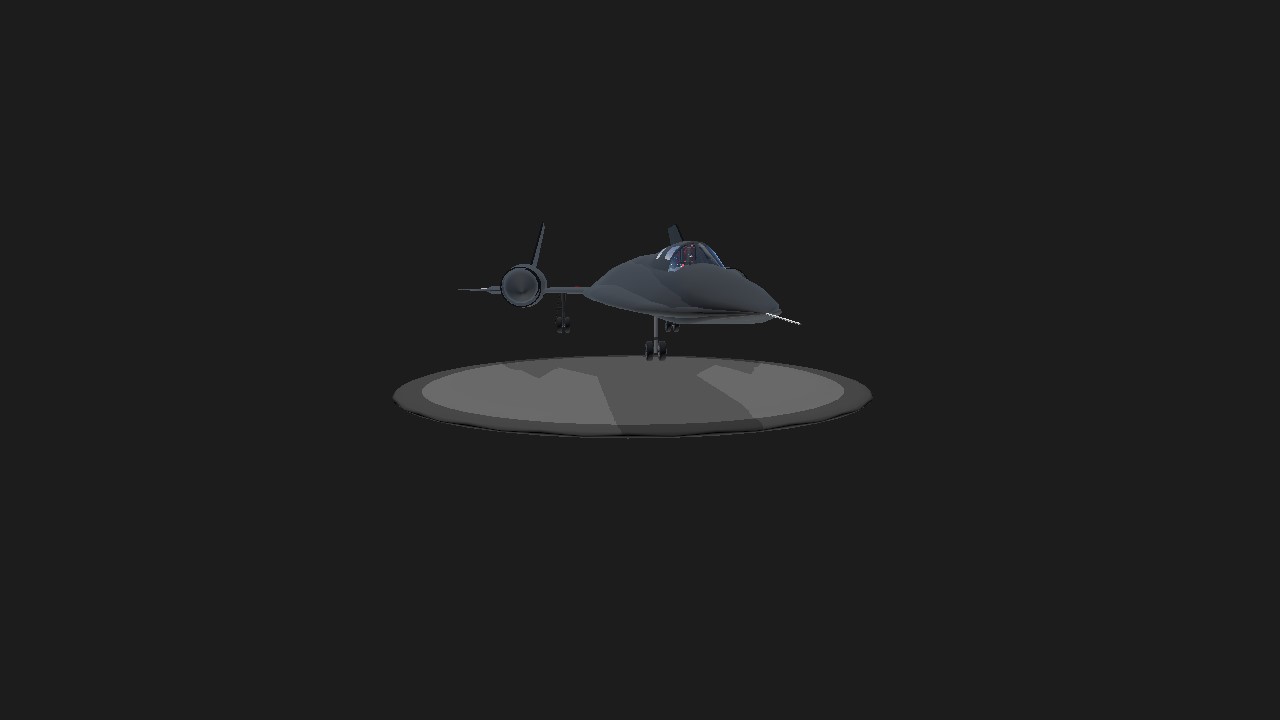
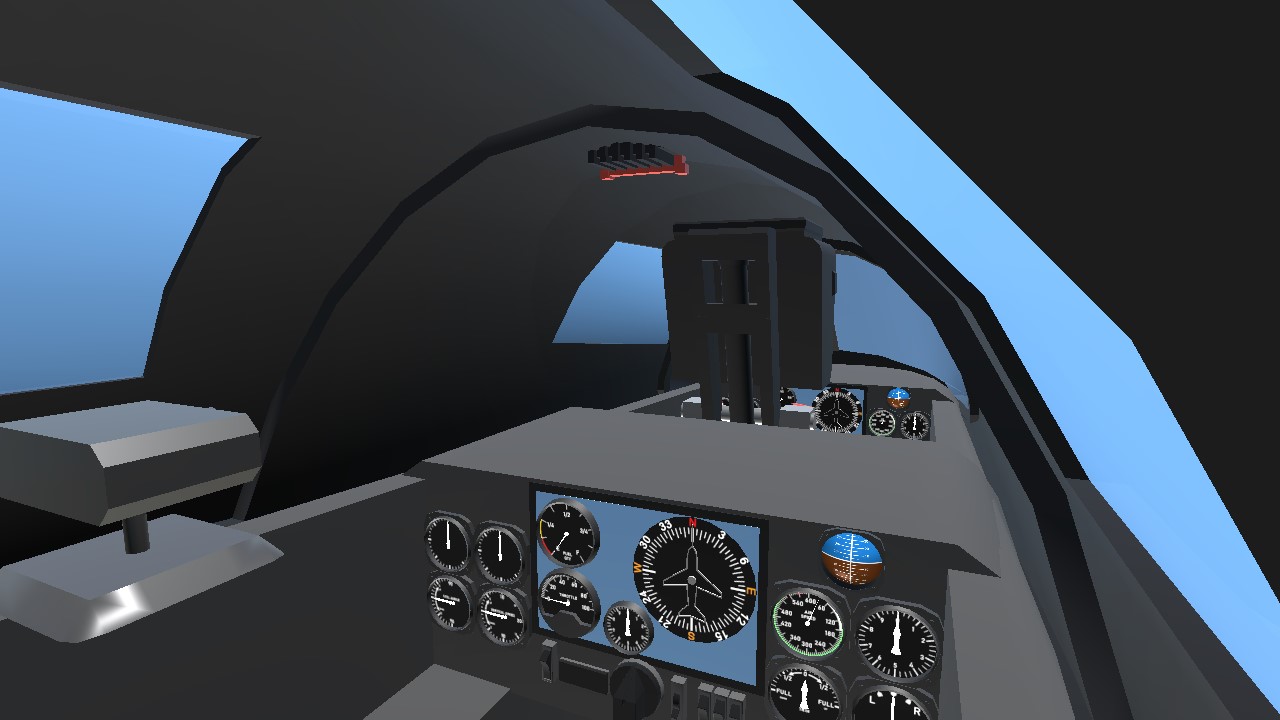
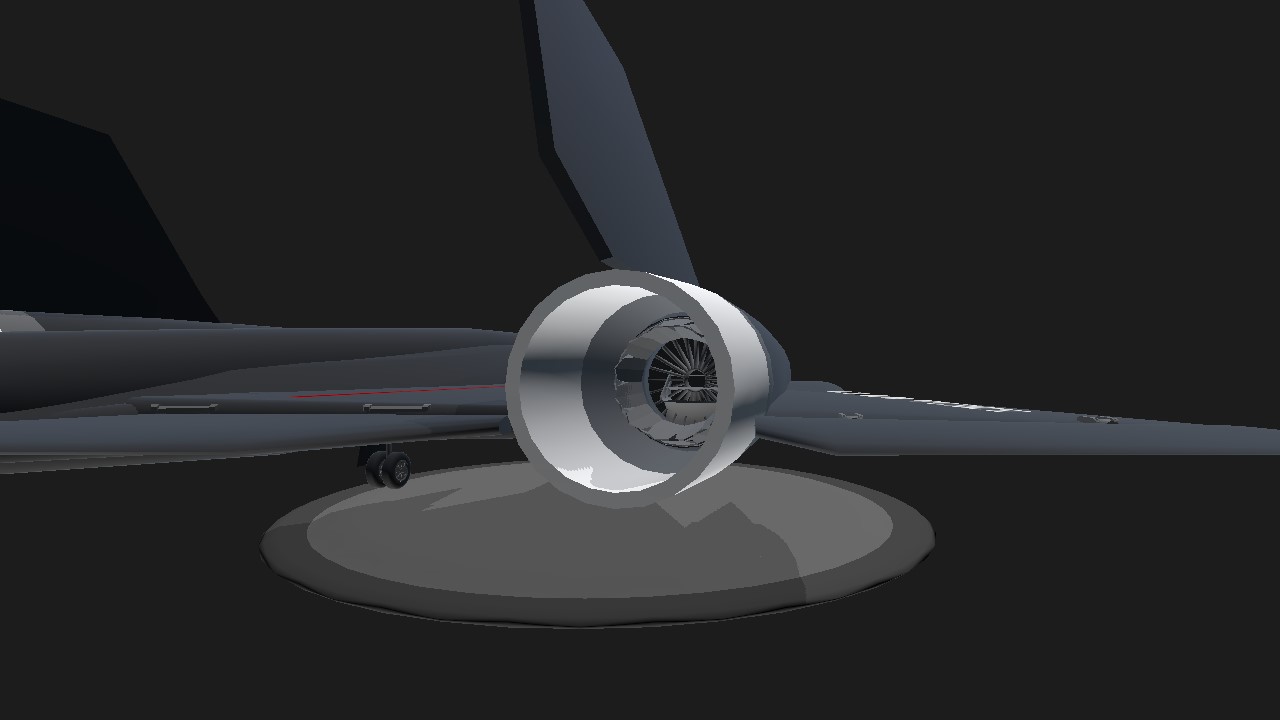
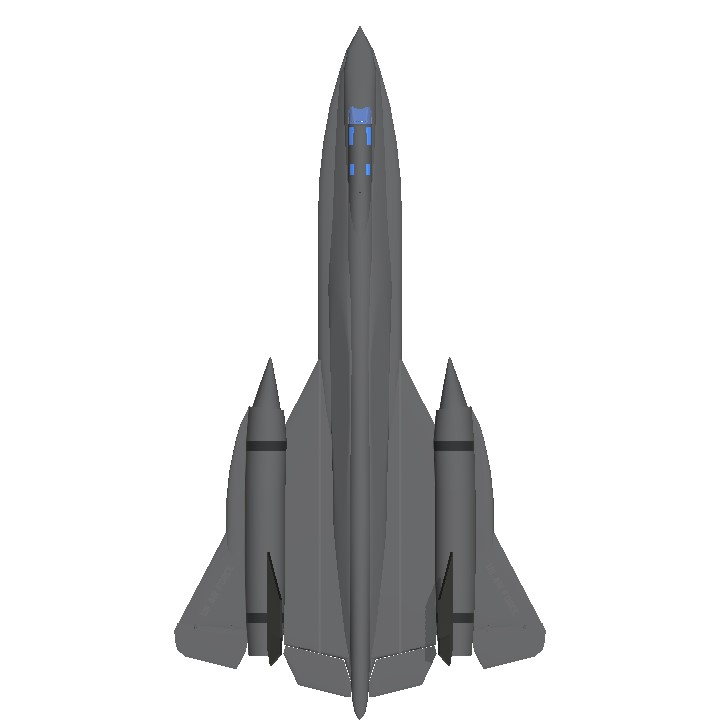

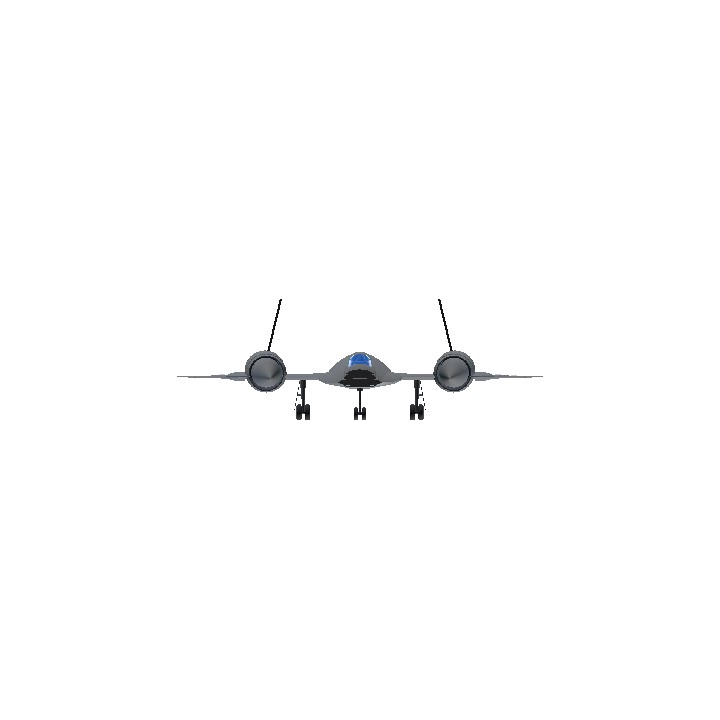
@GooseHONK your aircraft builds at much better than I do
@GooseHONK thanks! I do appreciate your comment
Dang I've literally been working on an SR-71 the past few days haha yours is much better!